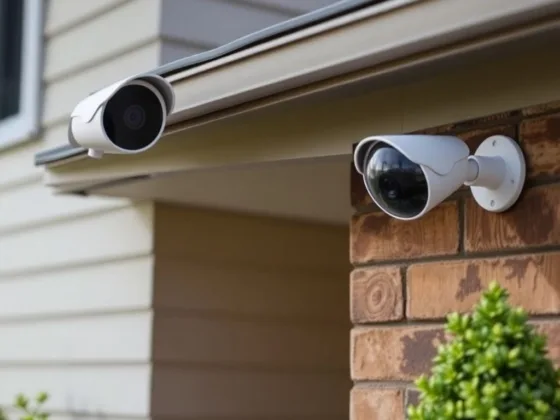Table of Contents Show
The roof within an inch of falling to pieces? Or is it just having a bit of a problem? How can I be sure? Should I get my roof replaced through and through? Or do I only need to get my roof repaired?
These questions and the lack of proper answers to each of them usually lead people to two extreme mistakes.

Either they replace the whole roof while the problem could have been solved by changing a pipe boot or a couple of shingles, or they end up getting a minor repair done while the whole roof is in bad condition.
That is why you better understand the situation and have a general idea about how much time and money the work would call for.
After all, you want long-term, economical options that are both durable and aesthetically-pleasing – whether repair or replacement.
The following three minutes of reading is guaranteed to help you figure that part out. Once you have a clue, you can call in your local/popular roofing service to get the job done for you.
The roofing veterans will carefully inspect, assess the condition and suggest a solution as cost-effective and economical as possible. Let’s keep this short, but cover as much as possible.
The Age of the Roof
The typical lifespan of roofs (unless they’re made from less durable materials like wood) is 15-30 years.
But the elements ( wind, rain, hail, sun, humidity, airborne salinity, etc) take a heavier toll on roofs. Anyone or two of these can bring down the lifespan to 10-20 years.
Read Also:
The Condition of the Shingles
Spots and cavities
When the tiles get old, they tend to develop dark spots and develop blisters. But the ones that indicate worse damage are the hail hit marks, which are distinguishable because they are circular/oval indents with the most penetration happening in the center.
While the damage due to age indicates the roof/shingles need to be replaced as such, hail spots can be solved by repairing/replacing just the damaged pieces.
Brittleness
Brittle shingles need to be replaced immediately. If more than 5-10% of them are brittle, they may be old and the roof may need to be replaced.
Cracks
Cracks imply potential leaks. If the roof base is compromised, you may need to replace the whole base. But if it is just the tiles, you can simply go for a repair schedule.
On the other hand, chimneys tend to develop cracks easily. So if you don’t absolutely need them, you can get them removed.
Curls/Curves
If the edges/corners are curling up, it can mean many things – the tiles may be too old, they were not installed well, poor tab adhesion, or that they are subject to strong winds and sunlight. Either way, they need to be replaced.
Moss/Algae/Wet spots
Moss is a relatively superficial issue. You can begin by removing it (yourself or by hiring experts) by scraping or using moss removal sprays and solutions.
Although this does not indicate the need for immediate repair or replacement, algal growth can bring down the life of your roof by sealing in moisture.
Flashing Points and Signs of Corrosion
Flashing is done to keep rainwater from seeping into the building. But what can happen is, the screws and metallic parts used for flashing tend to rust in a matter of years, and so do other metallic installations like boots.
This can also create leaks. So they need to be replaced before corrosion sets in.
Structural Damage
Sagging and other deformities can occur with time. But they may not be solely related to the roof. So, if you notice any serious bends, cracks, sagging, or other structural shortcomings, make sure a trained eye has a look at the situation.
As we discussed, use these signs to be in the know before you give your roofing service a ring. Whether you think it’s going to be a repair or a whole-roof replacement, hire an expert to make sure.
You may need innovative roofing solutions from dependable and trustworthy companies like Summit Roofs to make sure your roof gets the attention it deserves.









